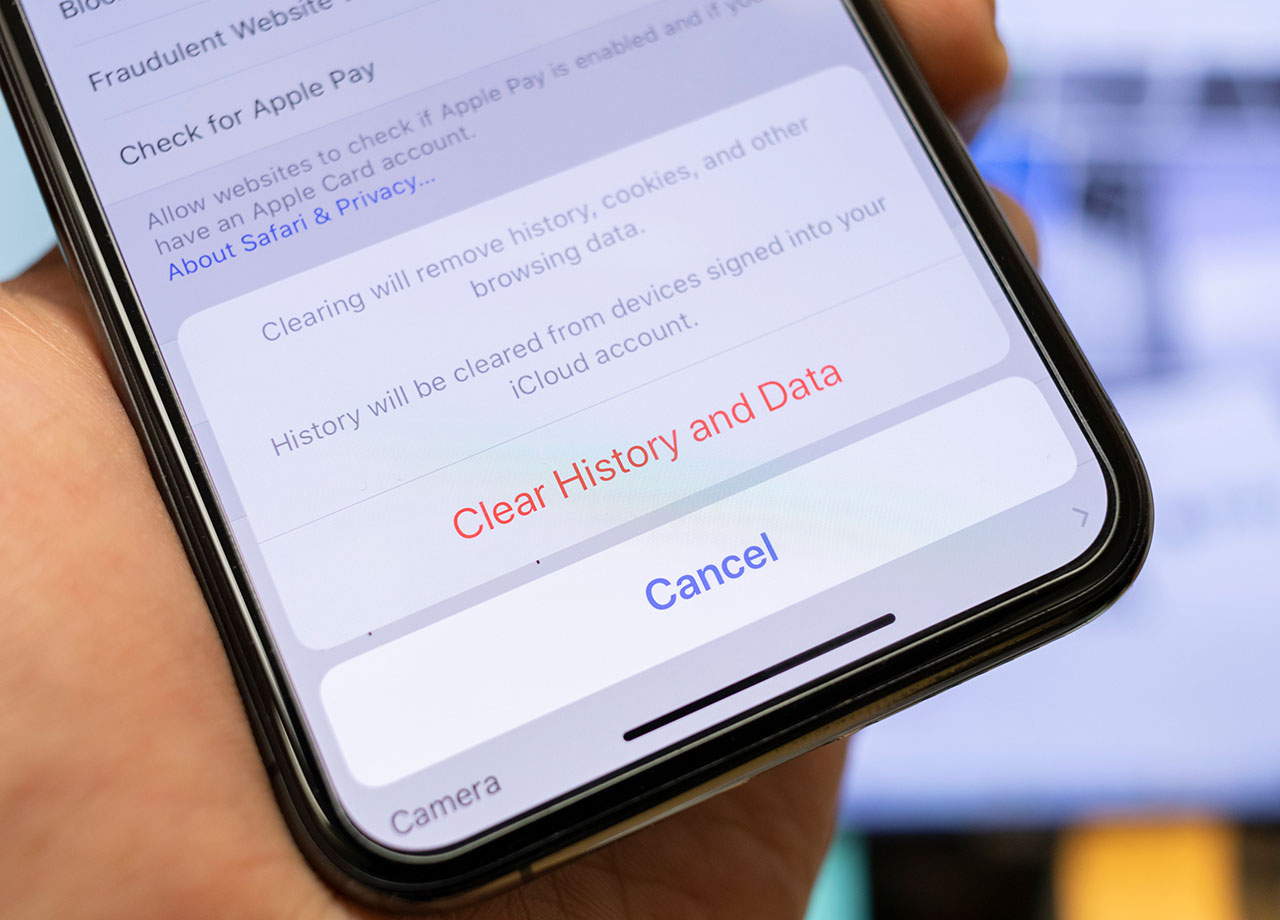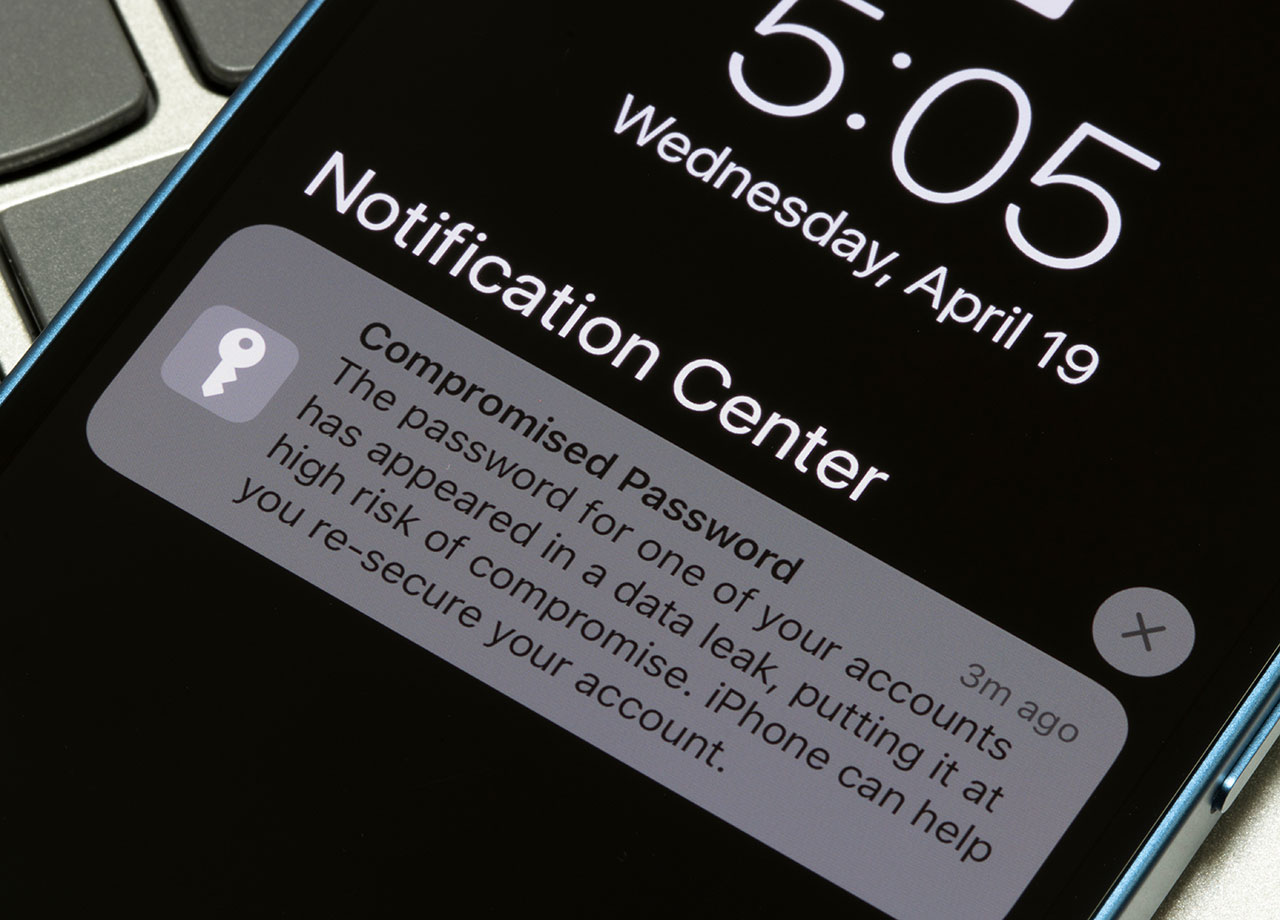What’s scarier then finding out your iPhone has a virus? That’s easy: not knowing your iPhone has a virus and allowing it to continue to wreak havoc on your device, your data, and your life. There’s nothing fun about dealing with the fallout from getting a virus on your phone, but the sooner you address it, the less chance there is that your data will be compromised. The minute you see any of the following scary signs of a virus, don’t stall — take it seriously as a potential virus infecting your phone.
You Have Apps You Never Installed
When your phone is infected with a virus, it can seem like there’s a ghost at work doing suspicious things like downloading apps for you that you most certainly did not download yourself. If you are starting to notice the presence of strange apps, check your installed apps in the storage section in settings. See one you didn’t download? Uninstall it ASAP.


Suspicious Configurations
Suspicious configurations on your phone is another sign that you may have a virus. Make sure to review all configuration profiles on your phone and delete the ones that you don’t recognize.
So Many Pop-Ups
General speaking, Apple does a great job at filtering out a lot of spam and pop-ups. So if you have noticed your phone is positively swimming in spam, something may be up. Make sure you do not click on unfamiliar links, especially those sent to you by email addresses you do not recognize.

Increased Data Usage
It’s normal to use up data as you perform various tasks on your iPhone. But it’s not normal to notice a sudden, abrupt increase in data usage when you haven’t done anything wildly different. This could indicate that your phone has a virus. Check your app data usage in Settings and make sure you delete any apps that you don’t recognize that could be driving your data usage way up.
Other Ways To Address Viruses
Aside from the solutions already mentioned, some other ways that you can deal with viruses include changing all of your passwords and making sure your new passwords are complex and contain a lengthy combination of uppercase and lowercase letters, numbers, and symbols. Use 2-factor authentication wherever it is an option. And clear your history and website data for all of the browsers that you use. If you feel your personal data has been seriously compromised, such as someone getting ahold of your social security number, contain the Federal Trade Commission (FTC) to file a complaint right away.


























